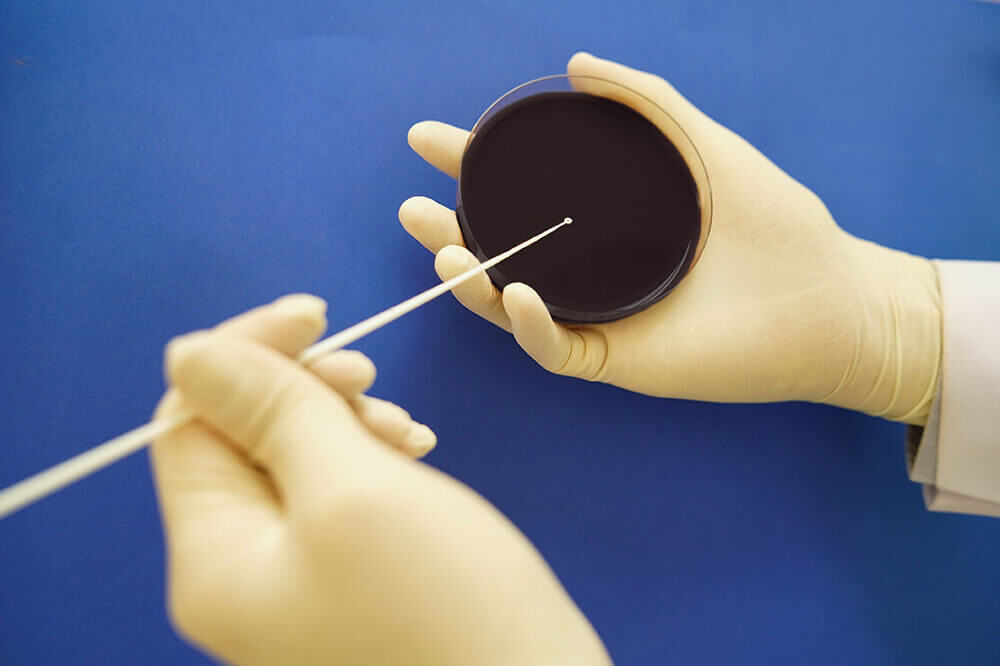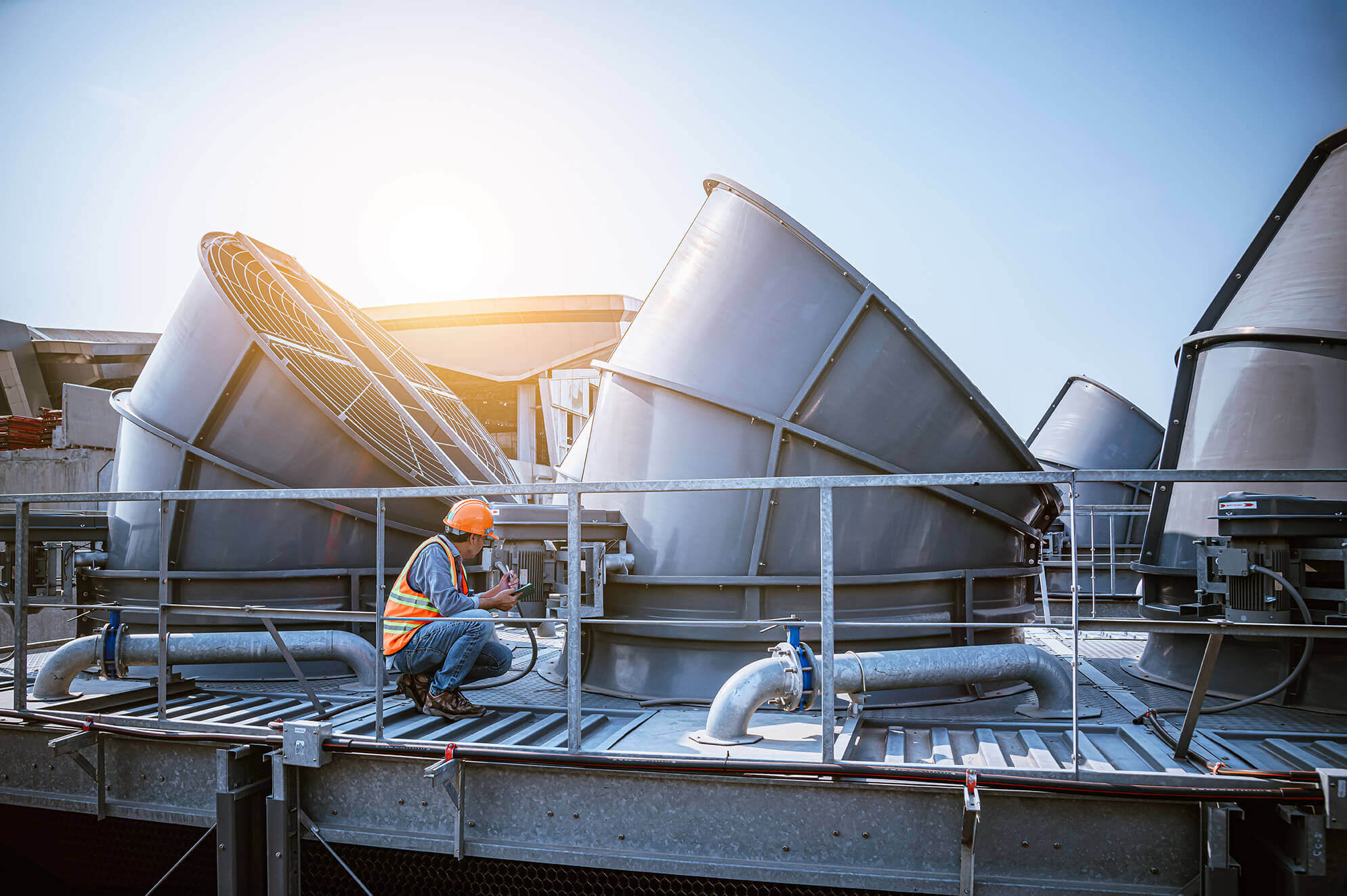
A worldwide concern
Legionella is naturally occurring and is widespread in ponds, rivers, and other natural water systems. When this bacterium enters water systems in the built environment, conditions such as water temperature and ineffective disinfection levels, can encourage rapid growth.
There are over 60 species of Legionella but Legionella pneumophila is the species that causes over 97% of Legionnaires’ disease outbreaks across the world1. This bacterium also causes a milder illness called Pontiac fever, which triggers flu-like symptoms.
This bacterium has several serogroups. A serogroup is a way to classify bacteria and differentiate its various bacterial strains. Legionella pneumophila serogroup 1 is most often linked with human diseases causing around 80-90%2 of cases, but serogroups 2-15 can also cause pneumonia.
Legionnaires’ disease has a death rate of 10%3 if contracted in the community, rising to 25%4 in a healthcare setting.
Latest known outbreaks
| Location | Date | Cases | Deaths |
|---|---|---|---|
| Illinois, US | 10/2024 | 2 | 0 |
| New York, US | 08/2024 - 09/2024 | 24 | 4 |
| Missouri, US | 08/2024 | 3 | 0 |
| London, UK | 07/2024 - 08/2024 | 25 | 2 |
| Melbourne, Aus | 07/2024 - 08/2024 | 109 | 2 |
| Lincoln, US | 06/2024 - 07/2024 | 5 | 0 |
| Milan, Italy | 04/2024 - 07/2024 | 53 | 4 |
| Illinois, US | 04/2024 | 2 | 1 |
What is Legionnaires’ disease?
Legionnaires’ disease is a severe form of pneumonia which can be fatal. Contaminated tiny water droplets (aerosols) can be inhaled where they can infect the lungs. If the infection is not contained or treated early on, it can cause confusion, coma, heart failure and ultimately death. According to the World Health Organisation (WHO) Legionnaires’ disease in untreated immuno-suppressed patients the death rate could be as high as 40-80%.5
Legionnaires’ disease has been seen to cause health related quality of life impacts in 7 out of 8 people6 who have recovered from the disease. They experience one or more long-term symptoms such as:
Why is Legionella pneumophila so dangerous?
Legionella pneumophila serogroup 1 is the primary cause of illness in humans, with serogroups 2-15 also causing illness. Let us unpack how this potentially deadly bacterium has the power to negatively affect human health:
Considering Legionella pneumophila’s virulence and its adaptability it is a pivotal public health concern. So, the best way to avoid it ever reaching human lungs is to find it, fast!
Any water source producing aerosols should be considered at risk for transmission of Legionella bacteria, including cooling towers, spa and pools, fountains, showers, taps, car washes, air conditioning units, misters, hoses, and humidifiers amongst others.
Why is VBNC Legionella a real threat?
VBNC Legionella stands for Viable But Non-Culturable Legionella. This refers to a state where Legionella bacteria are still alive but cannot be detected using standard laboratory culturing methods. In this state:
- Alive, but dormant: The bacteria are alive and capable of causing harm but are in a dormant or stressed state, making them undetectable by traditional lab tests.
- Triggered by stress: VBNC occurs in response to environmental stresses, such as temperature changes, nutrient depletion, or exposure to disinfectants in water systems.
- Health risks remain: Even though they are undetectable by culturing, VBNC Legionella can become active and infectious when conditions improve, posing a serious health risk.
Getting repeat positives?
This could be due to VBNC Legionella hiding in your water system. The Hydrosense tests are designed to detect all viable Legionella, including VBNC forms, by identifying bacterial antigens directly. This rapid test gives you accurate results in as little as 25 minutes, helping you take immediate action to protect health and safety.
Hydrosense helps you see what traditional methods might miss. Are you ready to uncover the hidden risk?
Legionella outbreaks are on the rise worldwide
Since 2000, there has been a significant increase in reported cases of Legionnaires’ disease in both the United States and Europe. In the US, the incidence of Legionnaires’ disease increased from 0.42 cases per 100,000 people in 2000 to 2.71 cases per 100,000 in 20197, representing a more than fivefold increase. Similarly, in Europe, the notification rate reached its highest ever in 2021, with 2.4 cases per 100,000 people8, and countries like Italy, France, Spain, and Germany accounted for 75% of all reported cases.
The COVID-19 pandemic caused a notable drop in Legionnaires’ disease cases due to reduced travel and the shutdown of many facilities. However, with the easing of lockdown restrictions and the resumption of travel, the number of cases increased again. In Europe, there was a 38% increase in travel-associated Legionnaires’ disease cases in 2021 compared to 20209.
Detecting Legionella pneumophila quickly is essential to enable action to be taken to reduce the risk of exposure to anyone using water facilities.

Hydrosense tests vs lab‑testing
To ensure that water systems on your premises are safe, Legionella testing should be conducted regularly. Many testing guidelines insist on individuals using the lab culture method which is performed in a laboratory. Significant limitations have been identified for this method, such as false negatives derived from the transportation process and the effect of the lab processing the water sample, to the very real and dangerous threat that lab culture will never detect Viable but Non Culturable (VBNC) Legionella. Therefore, lab culture alone may not keep you or your customers safe.
Hydrosense plugs the gaps that lab culture creates so it is the ideal addition to any water management program for more rounded protection. Water management professionals have become wise to lab culture limitations and are choosing to adopt innovative testing techniques, like Hydrosense, to work alongside the lab culture method to promote better public health outcomes.
Sectors at risk
Wherever water systems are present in the built environment, there is a risk of Legionella. Whilst some sectors and industries pose a higher risk such as healthcare and hospitality, all have the potential to be affected.
Hydrosense tests offer the perfect solution for any industry where reputation is crucial, staff and customer safety are paramount or where facilities are in remote locations. Our tests ensure quick, reliable detection, helping to maintain a safe environment and protect public health in industries such as:
- Cooling towers
- Hospitals & Care Homes
- Hospitality & Recreational
- Facilities Management
- Spa pools & Fountains
- Construction
- Shipping
- Offshore
- Car washes
- Domestic Water Systems


 Swedish
Swedish  Norwegian
Norwegian  Finnish
Finnish  English
English 
